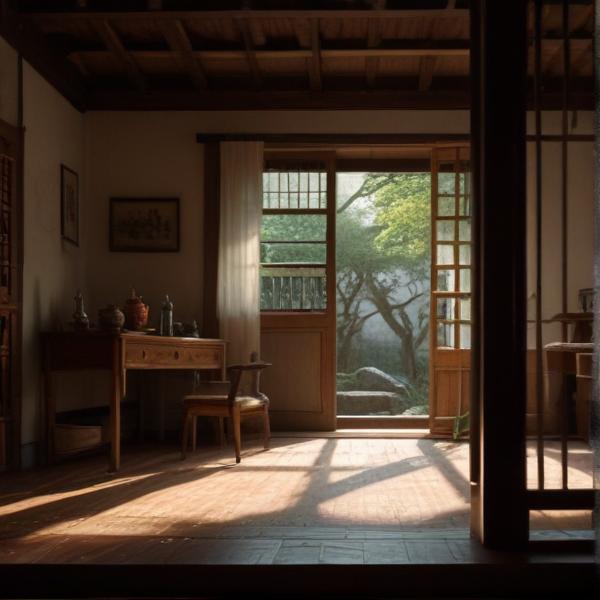基本信息 (Basic Information)
含义与用法 (Meanings & Usage)
中文核心释义 (Core Chinese Meaning): 屏风、屏障、遮挡物,也作动词表示遮挡、防止;用于现代指屏幕等。
英文核心释义 (Core English Meaning): screen, partition, shelter, or to shield; also refers to display screens in modern usage.
象形意义 / 为何这么写 (Pictographic Meaning / Writing Rationale)
文言文释义 (Classical Chinese Meaning)
与现代意义相近,常指屏障、遮蔽或屏退。文言中“屏除”“屏退”等用法较多。Similar to modern meaning, often referring to barriers or shielding; expressions like '屏除' or '屏退' were common.
深入学习 (In-depth Study)
字源故事 (Origin Story)
字形演变 (Character Evolution)
常用词语和例句 (Common Words & Examples)
屏幕 (screen (of a device or display))
请把手机屏幕调亮一点。
Eng: Please make the phone’s screen a bit brighter.
屏风 (folding screen (room divider))
客厅里摆放了一扇精美的屏风。
Eng: There is a beautifully designed folding screen in the living room.
屏蔽 (to shield, to block (signal or information))
他已经把垃圾信息全部屏蔽了。
Eng: He has already blocked all spam messages.
屏息 (to hold one's breath)
大家屏息凝视着舞台上的表演。
Eng: Everyone held their breath and stared at the performance on stage.
相关成语 (Related Idioms)
相关成语信息待补充。Related idiom information pending.
多语言翻译 (核心释义) (Translations (Core Meaning))
- French: écran, paravent, cloison
- German: Bildschirm, Trennwand, Paravent
- Spanish: pantalla, biombo, barrera
- Italian: schermo, paravento, barriera
- Portuguese: tela, biombo, barreira
- Russian: экран, ширма, перегородка
- Arabic: شاشة، حاجز، ستار
- Persian: صفحهنمایش، پارتیشن، جداکننده
- Dutch: scherm, kamerscherm, afscheiding
- Polish: ekran, parawan, przegroda
- Vietnamese: màn hình, bình phong, vách ngăn
- Ukrainian: екран, ширма, перегородка
视频学习资源 (Video Learning Resources)
通过以下链接在热门视频网站搜索 "屏" 的更多讲解:
Search for more explanations of "屏" on popular video sites:
- 在 Bilibili.com 搜索 "屏 字源 说文解字" (Search on Bilibili)
- 在 YouTube.com 搜索 "屏 character origin etymology" (Search on YouTube)
网络参考 (Web References for "屏") ()
网络搜索信息待获取。Web search information pending.
更多图片 (屏 More Images) ()
